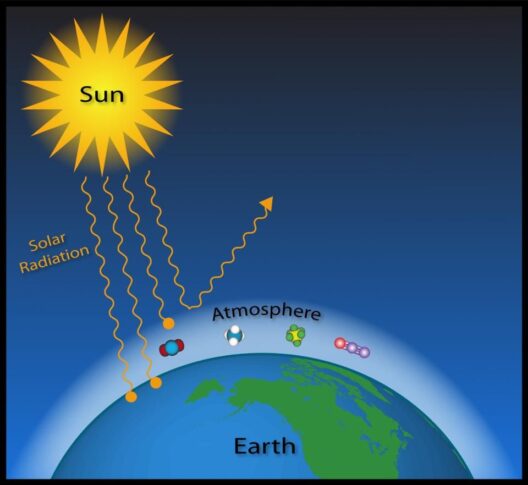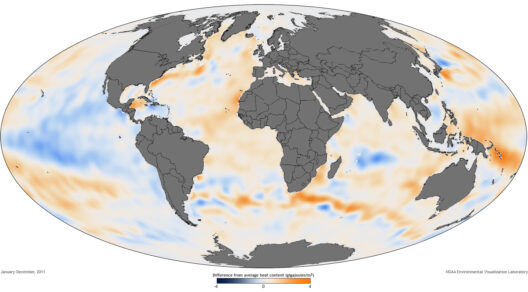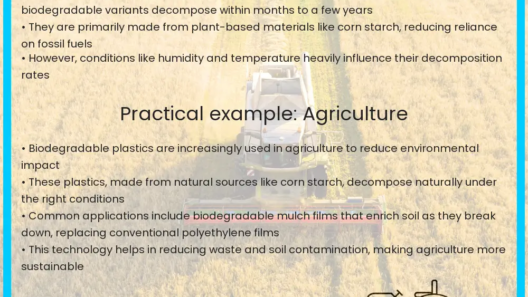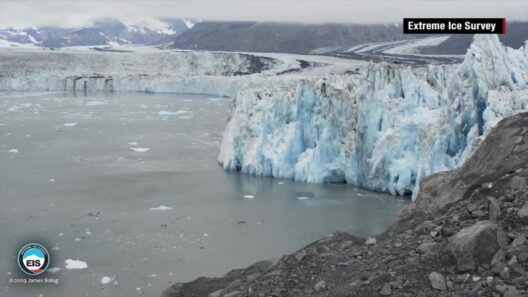The ongoing phenomenon of global warming is not merely a distant threat; it is an escalating crisis that reshapes our ecosystems at an alarming pace. This warming trend, primarily induced by anthropogenic factors, is triggering widespread disruptions across various ecological systems. The ramifications are profound and multifaceted, denoting a critical juncture in the struggle for biodiversity. This article aims to elucidate the complexities of how global warming is influencing biodiversity, the ecological consequences of these changes, and the imperative for urgent action.
At the heart of this discussion lies the concept of biodiversity itself, which encompasses the variety of life forms on our planet—ranging from the smallest microorganisms to the most massive mammals. Biodiversity is crucial for ecosystem stability, resilience, and functionality. All organisms play a role in maintaining the intricate web of life. However, global warming is altering habitats, shifting geographic ranges, and altering species interactions, ultimately jeopardizing biodiversity.
One significant effect of global warming is the alteration of habitat conditions. As temperatures rise, many ecosystems face a myriad of challenges. For instance, the polar regions, notably the Arctic, are warming at an alarming rate. Ice melts are not merely a visual shift; they signify the loss of habitat for species such as polar bears and seals, which rely on stable sea ice for hunting and breeding. As these habitats disappear, the delicate balance of these ecosystems is thrown into disarray.
Moreover, ocean ecosystems are not exempt from these warming effects. Increasing sea temperatures lead to coral bleaching, a phenomenon where corals expel the symbiotic algae living in their tissues. This relationship is vital for coral health, as it provides energy to the corals. When corals bleach, they are left vulnerable, leading to widespread reef degradation. Coral reefs serve as critical biodiversity hotspots, providing shelter and resources for a plethora of marine species. The decline of coral reefs marks a detrimental loss not only for marine biodiversity but also for the human communities that depend on them for food and livelihoods.
In addition to habitat alteration, global warming facilitates shifts in species distribution. Many species are on the move, seeking climates that resemble their historical habitats. This phenomenon, referred to as range shifting, can lead to significant ecological consequences. When species migrate, they often encounter new competitors, predators, or pathogens. Such interactions can disrupt existing ecosystems, pushing some species towards extinction while allowing others to thrive unnaturally. For instance, as temperatures rise, certain bird species are nesting earlier in the year, creating a mismatch with their food sources and leading to decreased survival rates for their young.
The intricate relationships that define ecosystem dynamics are further strained by the changes in phenology—how species timing their life cycles in relation to environmental changes. For example, flowering plants are blooming earlier due to warmer temperatures, which may decouple their synchronicity with pollinators like bees. Disruptions in these interactions can lead to diminished reproductive success, with cascading effects on food webs and overall ecosystem health.
The erosion of biodiversity does not stop at individual species or localized habitats; it encompasses entire ecosystems and the vital services they provide. Ecosystems offer essential services such as pollination, nutrient cycling, and water purification. As biodiversity declines, the stability and functionality of these ecosystems are undermined, resulting in severe ramifications for human wellbeing. Food security, clean water access, and disease regulation are increasingly jeopardized by the unfolding climate crisis.
Furthermore, the socio-economic implications of biodiversity loss are profound. Communities reliant on natural resources for their livelihoods are at risk as ecosystems become less resilient. Indigenous populations, often the stewards of biodiversity, face existential threats as their lands are altered or destroyed by climate change. The loss of traditional knowledge tied to biodiversity also represents a cultural erosion that extends beyond the environmental context.
Addressing biodiversity loss amidst global warming necessitates a multifaceted approach. Conservation efforts must adapt to the realities of climate change, focusing on protecting not just individual species but the ecosystems they inhabit. This strategy requires significant investment in habitat restoration, protection of climate refugia, and the establishment of wildlife corridors to facilitate species migration in response to changing climatic patterns.
Moreover, it is imperative to integrate climate considerations into conservation policies. The implementation of ecosystem-based management practices can promote resilience and adaptability, enabling ecosystems to better withstand the pressures of climate change. Collaborative efforts among scientists, policymakers, and local communities will be vital to designing effective solutions that balance human needs with ecological health.
In conclusion, the urgency of the biodiversity crisis exacerbated by global warming cannot be overstated. The intricate connections between life forms, their habitats, and the ecosystem services provided are at a precarious tipping point. As the climate continues to destabilize, the need for immediate and concerted action becomes increasingly apparent. Protecting biodiversity is not merely an environmental concern; it is a fundamental human issue that requires our collective commitment for a sustainable future.








